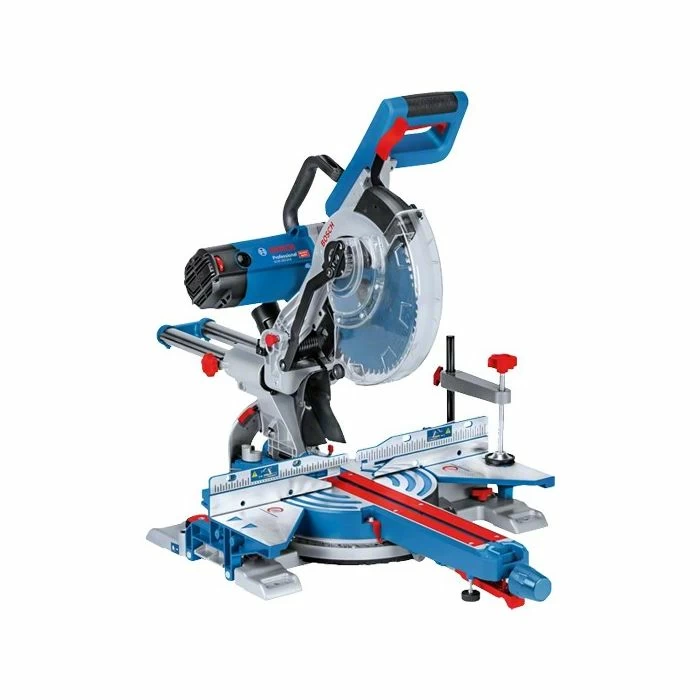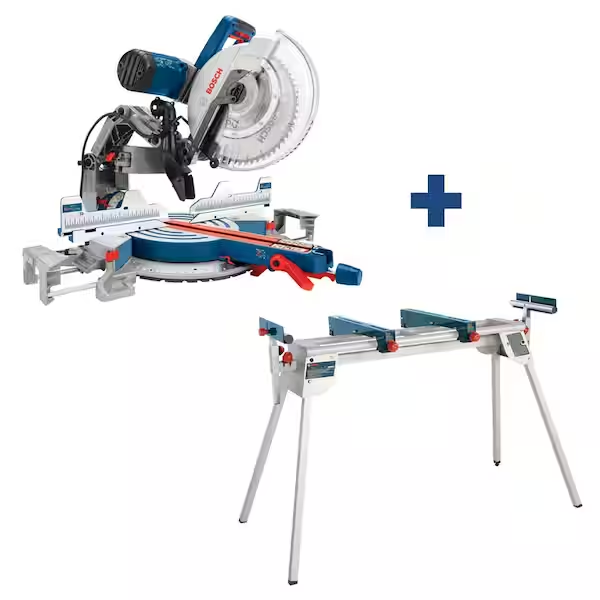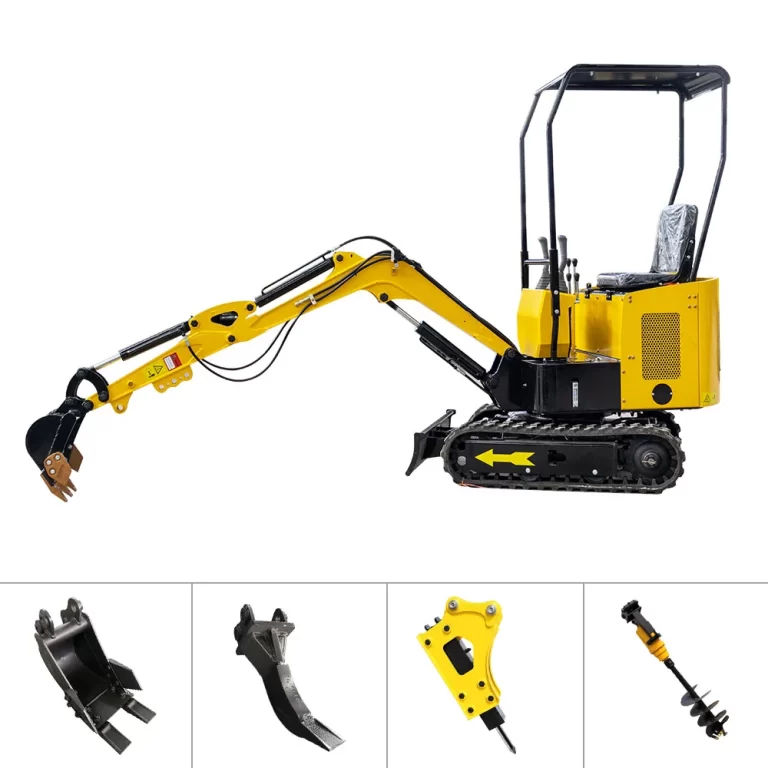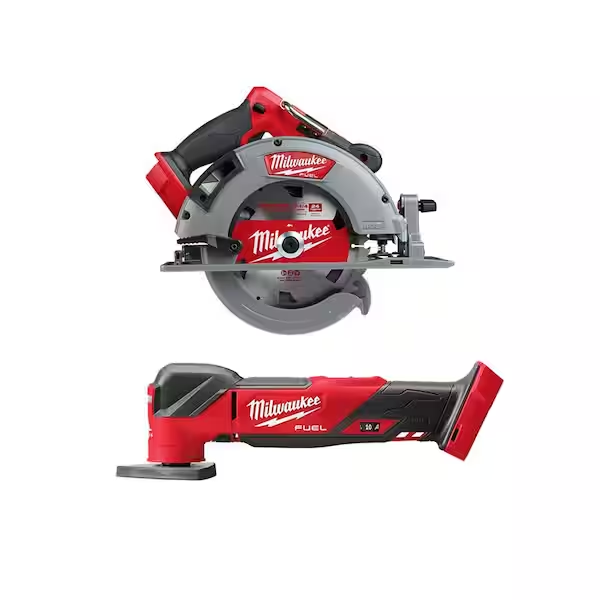
Types of Power Saws: Cutting Through the Confusion
Understanding the World of Power Saws
Types of power saws revolutionize woodworking and construction projects. These electric tools cut through various materials with precision and speed. From DIY enthusiasts to professional contractors, power saws prove indispensable for numerous tasks. The market offers a wide array of power saws, each designed for specific cutting needs. Understanding the different types helps users choose the right tool for their projects. Power saws come in corded and cordless varieties, catering to diverse work environments. Corded models provide consistent power for extended use, while cordless options offer portability. Advances in battery technology have made cordless saws increasingly popular. These tools now rival their corded counterparts in power and endurance.
Safety features play a crucial role in power saw design. Many models incorporate blade guards, electric brakes, and dust collection systems. These features protect users and improve work efficiency. Additionally, ergonomic designs reduce fatigue during prolonged use. Comfortable grips and balanced weight distribution enhance control and precision. As technology progresses, power saws continue to evolve. Newer models boast improved cutting capacities and smart features. Some saws even connect to smartphones for maintenance alerts and usage tracking. With so many options available, choosing the right power saw can seem daunting. However, understanding the strengths of each type simplifies the decision-making process.

The Versatile Circular Saw: A Contractor’s Best Friend
Circular saws stand out as one of the most versatile power saws available. These handheld tools feature a round blade that rotates at high speeds. Contractors and DIY enthusiasts alike favor circular saws for their portability and cutting power. These saws excel at making straight cuts in various materials. Wood, plywood, and even thin metal sheets fall victim to the circular saw’s blade. Most circular saws come with blades ranging from 5.5 to 7.25 inches in diameter. Larger blades offer deeper cuts, while smaller ones provide more maneuverability. The saw’s base plate, or shoe, helps guide the tool along the cutting line. Many models allow for bevel cuts by tilting the base plate.
This feature proves invaluable for creating angled edges and joints. Circular saws come in two main types: sidewinder and worm drive. Sidewinder models position the motor perpendicular to the blade, offering a compact design. Worm drive saws place the motor behind the blade, providing more torque for tougher cuts. Each type has its advantages, depending on the user’s needs and preferences. Safety features on circular saws include retractable blade guards and electric brakes. These elements protect users from accidental contact with the spinning blade. Some models also incorporate laser guides for improved cutting accuracy.
The Precision of Table Saws: Woodworking Wonders
Table saws reign supreme in woodworking shops around the world. These stationary power saws feature a circular blade protruding through a flat table surface. Woodworkers rely on table saws for accurate, repeatable cuts in various materials. The table provides a stable support for the workpiece, ensuring straight and precise cuts. Most table saws allow for blade height and angle adjustments. This versatility enables users to create bevels, dados, and other specialized cuts. A rip fence runs parallel to the blade, guiding the workpiece for straight cuts.
Many models also include a miter gauge for making angled cuts with precision. Table saws come in several sizes, from compact benchtop models to large cabinet saws. Benchtop saws offer portability for job sites or small workshops. Contractor saws provide a balance of power and mobility for professional use. Cabinet saws, the largest and most powerful, suit dedicated woodworking shops. These saws often feature heavy-duty motors and expansive table surfaces. Safety remains a top priority in table saw design. Many models incorporate blade guards, anti-kickback pawls, and flesh-sensing technology. These features significantly reduce the risk of accidents during operation. Dust collection systems help maintain a clean work environment and improve visibility.

The Agility of Jigsaws: Curves and Intricate Cuts
Jigsaws excel at cutting curves and intricate patterns in various materials. These handheld power saws use a reciprocating blade to create detailed cuts. Woodworkers, metalworkers, and DIY enthusiasts appreciate the jigsaw’s versatility. The tool’s narrow blade allows for tight turns and internal cutouts. Most jigsaws feature an orbital action setting, which moves the blade in an elliptical pattern. This setting increases cutting speed and efficiency in certain materials. Users can adjust the orbital action to suit different cutting tasks. Jigsaw blades come in various types, each designed for specific materials. Wood-cutting blades have larger teeth for faster, rougher cuts.
Metal-cutting blades feature finer teeth for smoother, slower cuts. Some blades even tackle materials like ceramic tile or laminate flooring. Many jigsaws offer variable speed controls, allowing users to match the speed to the material. Slower speeds suit harder materials, while faster speeds work well for softwoods. The saw’s base plate tilts for bevel cuts, adding to its versatility. Some models include laser guides or LED lights for improved cutting accuracy. Dust blowers keep the cutting line clear, enhancing visibility during operation. Cordless jigsaws have gained popularity for their portability and convenience. These battery-powered tools offer freedom of movement on job sites or in tight spaces.
The Power of Reciprocating Saws: Demolition Dynamos
Reciprocating saws, often called recipro saws or sawzalls, tackle tough demolition tasks with ease. These handheld power saws feature a push-and-pull blade motion for aggressive cutting. Contractors and DIY enthusiasts rely on reciprocating saws for various applications. The tool excels at cutting through wood, metal, plastic, and even masonry materials. Its long, exposed blade reaches into tight spaces for flush cuts and plunge cuts. Most reciprocating saws offer variable speed settings to match different materials. Slower speeds suit metal cutting, while faster speeds work well for wood. Many models incorporate orbital action for increased cutting efficiency in certain materials.
This feature adds a slight circular motion to the blade’s reciprocating action. Reciprocating saw blades come in various lengths and tooth configurations. Longer blades provide deeper cuts, while shorter blades offer more control. Blade selection depends on the material and the desired cut quality. Some blades feature carbide teeth for increased durability and cutting power. Ergonomic designs reduce fatigue during prolonged use of reciprocating saws. Comfortable grips and vibration-dampening systems improve user comfort. Many models include adjustable shoe plates for depth control and stability. Safety features like blade guards protect users from accidental contact. Some reciprocating saws offer tool-free blade changes for quick swaps on the job site.

The Precision of Miter Saws: Angled Cutting Specialists
Miter saws specialize in making precise angled cuts for trim work and framing. These power saws feature a circular blade mounted on a swing arm. The arm pivots down to cut through the workpiece, which rests against a fence. Woodworkers and contractors rely on miter saws for accurate crosscuts and angle cuts. Most miter saws allow for cuts at common angles like 45 and 90 degrees. Some models offer additional preset stops for frequently used angles. The saw’s miter gauge rotates to achieve various cutting angles. Many miter saws also feature a bevel function, tilting the blade for compound cuts. This feature proves invaluable for creating complex joints in molding and trim work.
Miter saws come in several types, including standard, compound, and sliding compound models. Standard miter saws only cut at angles perpendicular to the blade. Compound miter saws add the ability to tilt the blade for bevel cuts. Sliding compound miter saws incorporate rails, allowing the saw to move forward and back. This sliding action increases the saw’s cutting capacity for wider boards. Safety features on miter saws include blade guards and electric brakes. Many models also offer laser guides or LED shadows for improved cutting accuracy. Dust collection systems help maintain a clean work area and improve visibility.
The Versatility of Band Saws: Curves and Resawing
Band saws excel at cutting curves and resawing thick stock into thinner pieces. These stationary power saws use a continuous loop of toothed metal band. The band runs around two or more wheels, creating a constant cutting action. Woodworkers appreciate band saws for their ability to cut intricate shapes and patterns. The tool’s narrow blade allows for tight turns and detailed work. Band saws also excel at resawing, cutting boards into thinner slices along their thickness. This capability proves invaluable for creating veneers or bookmatched panels. Most band saws offer adjustable blade guides and tension controls. These features ensure straight cuts and proper blade tracking.
Many models include tilting tables for making bevel cuts in various materials. Band saw blades come in different widths and tooth configurations. Narrower blades suit tighter curves, while wider blades provide straighter cuts. Tooth count affects cutting speed and finish quality. Coarser blades cut faster but leave a rougher surface. Finer-toothed blades produce smoother cuts but work more slowly. Safety features on band saws include blade guards and wheel covers. Many models incorporate dust collection ports for a cleaner work environment. Some band saws offer foot brakes for quick blade stopping in emergencies.
The Efficiency of Track Saws: Precision on the Go
Track saws combine the portability of circular saws with the precision of table saws. These innovative tools run along a guide rail or track for straight, splinter-free cuts. Contractors and woodworkers favor track saws for breaking down large sheets of material. The saw’s track ensures perfectly straight cuts without the need for cumbersome jigs or guides. Most track saws feature plunge-cut capabilities, allowing users to start cuts in the middle of a workpiece. This feature proves invaluable for creating cutouts or stopped dados. The saw’s blade fully retracts into the housing when not in use, enhancing safety. Many track saw systems offer connectable tracks for cutting longer materials.
These modular systems provide flexibility for various job site requirements. Some tracks incorporate non-slip strips and clamps for secure positioning on the workpiece. Track saws excel at making bevel cuts with precision. The saw head tilts to achieve accurate angles for various applications. Many models offer dust collection ports that connect to vacuum systems. This feature keeps the work area clean and improves cut line visibility. Track saws often provide depth adjustment stops for creating consistent dadoes or rabbets. Some models incorporate anti-kickback features for enhanced user safety during operation.

The Specialization of Oscillating Tools: Multi-Function Marvels
Oscillating tools, while not traditional saws, deserve mention for their cutting capabilities. These versatile power tools use a side-to-side motion to cut, sand, and scrape various materials. Contractors and DIY enthusiasts appreciate oscillating tools for their ability to tackle tight spaces. The tool’s small, triangular blade reaches areas inaccessible to larger saws. This feature makes oscillating tools invaluable for trim work and detailed cutting tasks. Most oscillating tools accept a wide range of attachments for different applications. Cutting blades handle wood, metal, plastic, and even soft masonry materials. Sanding pads allow for detail work in tight corners and on irregular surfaces.
Scraper blades remove old paint or adhesives with ease. Many oscillating tools offer variable speed controls to match different materials and tasks. Slower speeds suit delicate work, while faster speeds tackle tougher cutting jobs. Some models feature tool-free blade change systems for quick attachment swaps. This feature proves invaluable when switching between cutting and sanding tasks. Ergonomic designs reduce fatigue during prolonged use of oscillating tools. Many models incorporate vibration-dampening systems for improved comfort and control. Some oscillating tools offer LED lights to illuminate the work area in dark spaces.
The Future of Power Saws: Innovation and Safety
Types pf power saws technology continues to evolve, promising exciting developments for users. Manufacturers focus on improving safety features and cutting efficiency. Smart sensors and flesh-detecting technology reduce the risk of accidents. Some saws now incorporate emergency stop functions triggered by skin contact. These innovations significantly decrease the likelihood of serious injuries. Battery technology advancements drive improvements in cordless saw performance.
Longer run times and faster charging capabilities enhance productivity on job sites. Some manufacturers explore brushless motors for increased power and efficiency. These motors offer longer lifespans and reduced maintenance requirements. Dust collection systems see continued refinement in modern power saws. Improved suction and filtration maintain cleaner work environments. Some models now feature automatic dust extraction activation when the saw starts. Laser guides and LED lighting systems become more prevalent across various saw types.
These features improve cutting accuracy and visibility in low-light conditions. Some manufacturers explore augmented reality interfaces for power saws. These systems could project cut lines or provide real-time guidance during operation. As sustainability concerns grow, manufacturers invest in eco-friendly materials and processes. Some companies now offer power saws with recycled plastic components. Others focus on energy-efficient designs to reduce environmental impact during use. The future of power saws promises enhanced performance, safety, and user experience.

